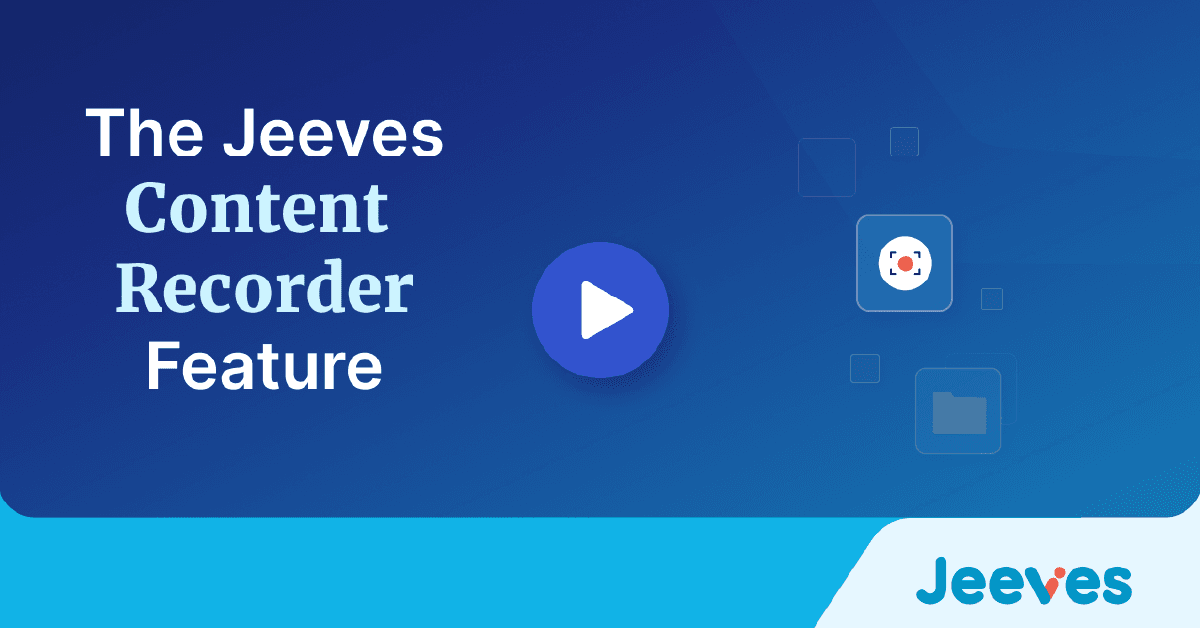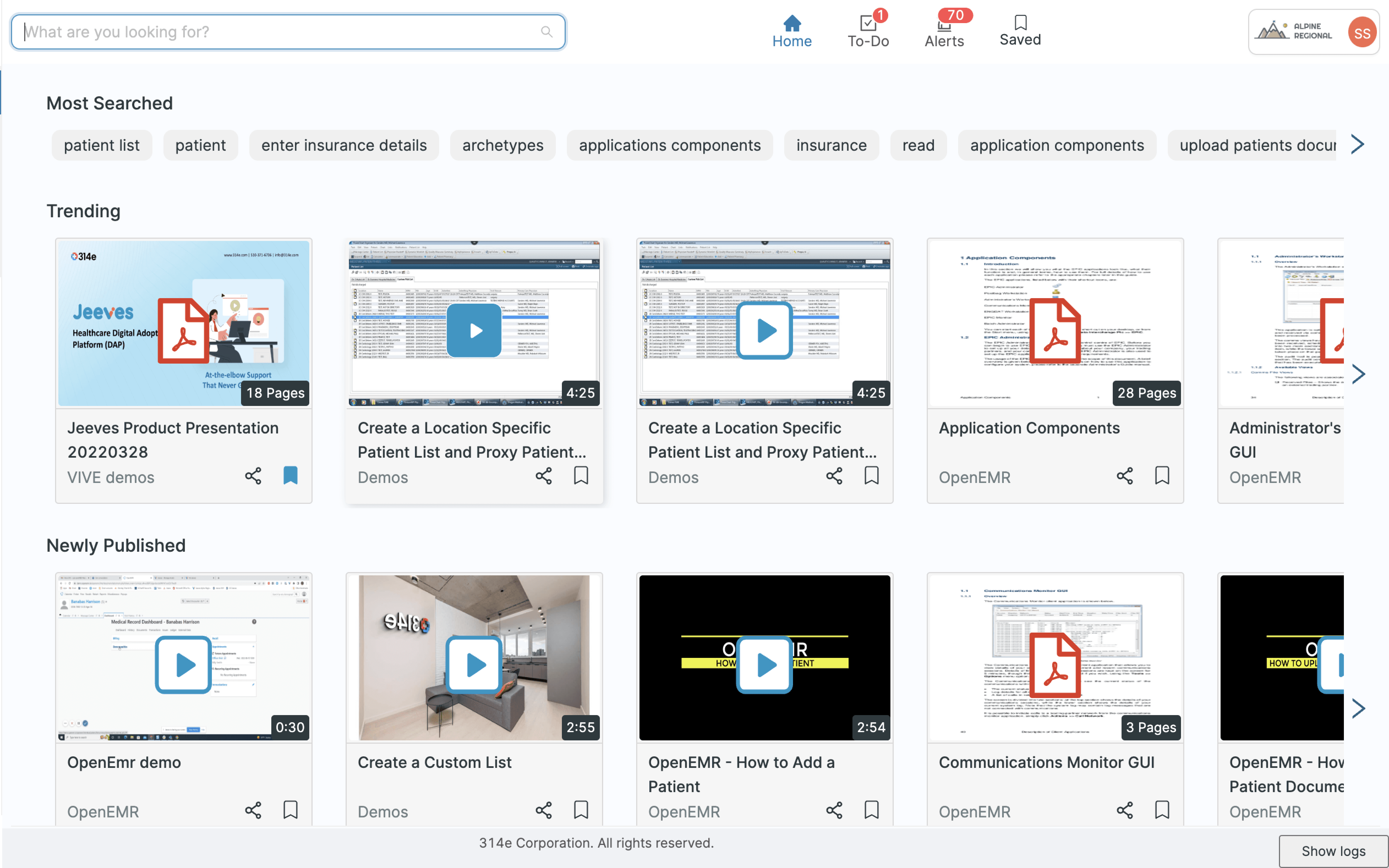
Not Hours, But Now You Can Create Tip Sheets in Minutes
Dealing with the creation of tip sheets can be quite daunting, no doubt about it.
A survey by WellSky in 2022 …

The need to look into EHR upgrades and support users post an upgrade is something that is on the top priorities list for CIOs. Ever wondered why?
The rate at which technology is accelerating is unmatched, and EHRs are certainly not the ones to stay behind in terms of upgrading for the better. All major EHRs go through multiple rapid software upgrades, mainly to improve productivity and adaptability. For example, EPIC releases four upgrades a year.
While going through an EHR upgrade may be a great way to enhance your surgical workflow, the critical problem here is that your users are hardly prepared to adapt to and use the new upgrade efficiently. The lack of preparedness leads to them losing confidence in their ability to handle tasks in the workflow. This means that no matter how beneficial the upgrade is, your users will never be ready to use it to its optimum capacity unless there is a way to keep them prepared for it, which is what this article is all about.
In this article, you will understand the 3 key problems that come with rapid software upgrades and also discover solutions that can help you deal with them.
The level of complexity of the upgrade impacts the training time and curriculum. The more complex the upgrade, the more difficult it gets to train your users. This adds to the burden of facing rapid software upgrades.
Your clinicians do not have the bandwidth to spend time away from patient care in a training classroom, but without that investment, it could lead to compromising on patient care. This can get extremely risky because even the most minor error can put patient health at risk.
Having understood the complexity of the upgrade, the best thing to do would be to keep your users prepared for it through the following:
Jeeves is an instant in-application support tool that helps create support training content to keep your users abreast of upgrades. It allows the creation and sharing of bite-sized videos that can support your users in the EHR workflow. These videos make the assimilation of support training content easy and effective. Jeeves can be integrated into your EHR or any healthcare software application to provide support within workflow to save your user time.
Understanding the helpfulness of the support assets becomes extremely important because it determines the efficiency of the investment in support training and assets. Donna Roach, Chief Information Officer at the University of Utah Health, in her recent webinar with 314e and healthsystemCIO about “Strategies for Keeping Clinicians Trained Up on Key Apps,” stated that one of the key challenges of keeping clinicians trained up on key applications is to understand how well the training material has been ingested. This is where Jeeves does a great job because it breaks down support content into small chunks that are easy to comprehend and recall too.
It is important to remember that if there are going to be frequent upgrades, then there is going to be a need to churn out regular support training content to keep your users ready for change. Traditional classroom training does not scale well for upgrades. Information needs to be tailored to the learner based on their role.
The best way to help your users face rapid software upgrades is by keeping them prepared for it. If there is going to be a shortage of training staff or rooms, then it is just going to add to the existing difficulties. While hiring a separate training team could be an option, it would add to the training budget. Since this is a decision that involves costs and long-term impact, due diligence is of utmost importance.
The whole idea of having a separate training team comes into the picture because the creation of support training content is believed to be such a complex process. This can be solved by:
When it comes to support training, it is good to remember that it is not going to be as complex and long as the implementation training, but is equally important. Support training predominantly aims to make everyday EHR use as easy as possible. Hence, they do not need instructional designers to craft and present training content. So, Jeeves approaches this situation by crowdsourcing content creation. This simply means that Jeeves opens up new possibilities in content creation. The super users in your organization who use the EHR or any software day in and day out can contribute to the creation of content for support assets by becoming authors and trainers. This is the best way to beat the challenge of shortage of staff because you are using the expertise available in-house.
Here’s how your super users can create and add a quick 3-5 minutes micro video for EHR support on Jeeves:

While this may not be directly connected to the rapid software upgrades, it tends to be one of the sub-problems that branch out of it. Let’s assume that you have put in the required efforts to support your users and made an attempt to keep your users prepared for the upgrade by creating competent assets. Unfortunately, all of it will go to waste if your users struggle with locating such support assets.
This is something you need to worry about because it leads to a waste of assets (time and money spent). It also takes you back to the prime problem, which is the failure to use the EHR to its full potential.
The only way to address this issue would be to ensure easy and quick access to assets through a smart search that saves time.
Jeeves offers the best solution to this problem by using an AI-powered smart search that provides the following:
Here’s an image of the Jeeves Homescreen that displays all the newly published and most searched videos:

Join over 3,200 subscribers and keep up-to-date with the latest innovations & best practices in Healthcare IT.

Dealing with the creation of tip sheets can be quite daunting, no doubt about it.
A survey by WellSky in 2022 …

As technology evolves, it is important for healthcare organizations to keep up with the latest trends in order …

The implementation of an EHR is certainly a breakthrough for your health system; however, clinicians are still …